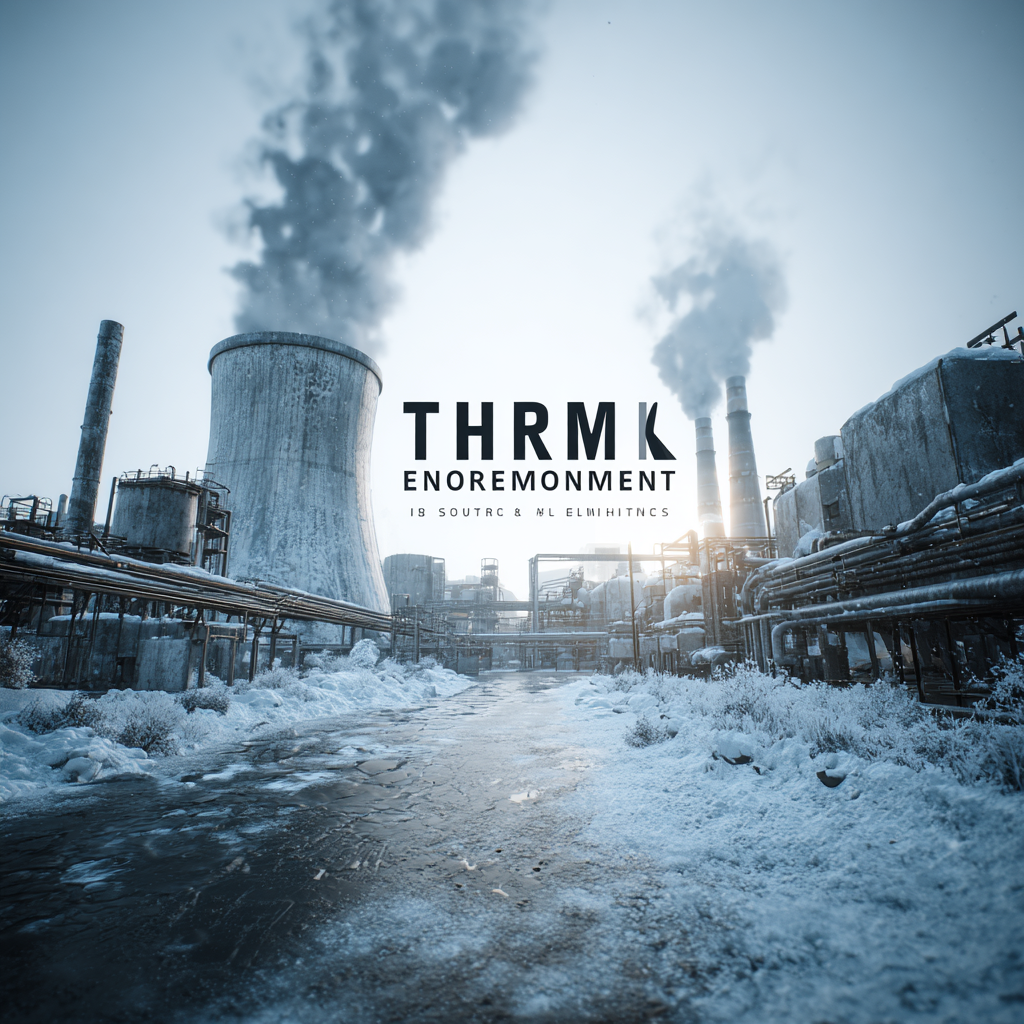
-
Home
-
Product Center
-
Application
-
Support
-
JT Cloud
-
About Us
-
Contact Us
Leave Your Message

In today's rapidly evolving industrial landscape, ensuring optimal thermal environments has become a critical challenge across various sectors. As industries strive for greater efficiency and productivity, the significance of maintaining optimal thermal conditions cannot be overstated. From manufacturing to technology, the impact of thermal management influences not only product quality but also operational sustainability.

This blog explores innovative solutions that have emerged to tackle the complexities of thermal environment challenges, highlighting how reliable Chinese manufacturing has become a key player in providing consistent and high-quality products to meet these demands. With a focus on excellence, innovation, and adaptability, we delve into the approaches that various industries are adopting to maintain superior thermal environments, ultimately paving the way for enhanced performance and reliability in an increasingly competitive global market.
In the quest for optimal thermal environments across various industries, after-sales service plays a pivotal role in enhancing thermal solutions. Providing ongoing support and maintenance after the initial purchase not only improves product longevity but also ensures that systems operate at peak efficiency. For instance, a recent study highlighted that businesses with robust after-sales services could achieve a 15% reduction in operational costs by minimizing system downtimes and improving energy efficiency. This is particularly relevant in the context of hybrid renewable energy systems, where seamless integration of solar and wind technologies is crucial for maximizing output.

Tips for effective after-sales service include implementing a proactive maintenance schedule and offering real-time monitoring systems. Proactive approaches help identify potential issues before they escalate, which can save significant costs. Additionally, as energy storage technologies evolve, integrating these systems with after-sales support can enhance performance and sustainability, aligning with global decarbonization goals. Emphasizing after-sales service not only fosters customer loyalty but also positions companies to adapt to the rapidly changing landscape of energy solutions, benefitting both the environment and business growth.
The cost-effectiveness of maintenance in industrial thermal management is a crucial consideration for industries striving to optimize their operational efficiency and reduce overheads. According to a report by Deloitte, companies can save up to 30% on annual maintenance costs by implementing proactive thermal management strategies. By regularly assessing thermal environments and addressing issues such as overheating and inadequate insulation, businesses can prevent costly downtimes and maintain consistent product quality.
Furthermore, a joint study by the National Renewable Energy Laboratory and the U.S. Department of Energy found that improper thermal management can lead to energy wastage of up to 20%-30%. Investing in innovative thermal solutions, such as advanced heat exchangers and thermal insulation materials, not only enhances energy efficiency but also significantly decreases maintenance expenses. The initial capital investment in these technologies often pays off within a few years, making them a cost-effective choice for industries facing strict budget constraints and competitive pressures.
This chart illustrates the cost-effectiveness of various maintenance strategies in industrial thermal management across different industries. The data highlights the percentage of cost savings achieved through innovative thermal solutions.
In an era where operational efficiency is paramount, addressing thermal environment challenges is critical across various industries. Prompt repairs to thermal regulation systems can significantly enhance performance metrics. According to a report by the International Energy Agency (IEA), an optimized thermal environment can increase productivity by up to 25%, highlighting the importance of swift maintenance and repairs. For instance, in the manufacturing sector, heat control failures can lead to downtime, costing companies an average of $1.5 million annually due to lost productivity and increased energy expenses.
Moreover, industries such as food processing and pharmaceuticals are exceptionally sensitive to temperature variations, where even minor deviations can compromise product quality and safety. The Food and Drug Administration (FDA) indicates that temperature deviations can lead to a 5-10% reduction in product lifespan, thus emphasizing the need for immediate repairs to ensure compliance and efficiency. By investing in proactive thermal management solutions and rapid response to malfunctions, businesses not only safeguard their operational integrity but also contribute to a more sustainable and efficient industrial ecosystem.
| Industry | Thermal Challenges | Innovative Solutions | Impact of Prompt Repairs | Operational Efficiency Increase (%) |
|---|---|---|---|---|
| Manufacturing | Heat stress on equipment | Advanced cooling systems | Reduces downtime significantly | 25% |
| Data Centers | Overheating servers | Liquid cooling technology | Enhances system reliability | 30% |
| Food Processing | Temperature control issues | Automated thermal sensors | Minimizes spoilage risk | 20% |
| Pharmaceuticals | Heat sensitivity of products | Customized HVAC solutions | Increases product stability | 40% |
| Automotive | Thermal expansion issues | Heat resistant materials | Improves part longevity | 15% |
In today's fast-paced industrial landscape, maintaining optimal thermal environments is critical for efficiency and safety. Innovative technologies are emerging that not only enhance the thermal management of various industries but also significantly reduce repair and maintenance costs. By implementing smart sensors and predictive maintenance tools, companies can monitor thermal conditions in real-time, allowing for timely interventions before issues escalate into costly repairs.
Additionally, advanced materials designed for better thermal insulation are transforming how industries approach their heating and cooling challenges. These materials not only improve energy efficiency but also extend the lifespan of equipment by reducing thermal stress. This proactive approach leads to lower operational costs and minimizes downtime, ultimately resulting in a more sustainable and profitable operation. As industries continue to embrace these cutting-edge solutions, they set new standards for thermal management while keeping maintenance expenditures in check.

In today's fast-paced industrial landscape, creating the optimal thermal environment is essential for maximizing efficiency and productivity. This blog explores unique case studies showcasing successful after-sales support across a range of industries, demonstrating how tailored solutions can address thermal challenges effectively. For instance, a leading manufacturer in the electronics sector implemented a comprehensive support system that not only provided immediate troubleshooting assistance but also engaged in regular temperature monitoring, significantly reducing downtime and enhancing product reliability.
When addressing thermal challenges, consider integrating real-time data analytics as part of your after-sales strategy. This approach allows companies to preemptively identify potential issues and deploy solutions before they escalate. Additionally, fostering an open line of communication with clients ensures that feedback is incorporated into ongoing support efforts, leading to continuous improvement in thermal management systems.
Another key takeaway is the importance of training and resources for staff across industries. Providing thorough training on thermal management products can empower employees, enabling them to better handle equipment and troubleshoot common issues. This proactive approach enhances the overall after-sales experience and reinforces client satisfaction, ultimately positioning the company as a leader in thermal environment solutions.